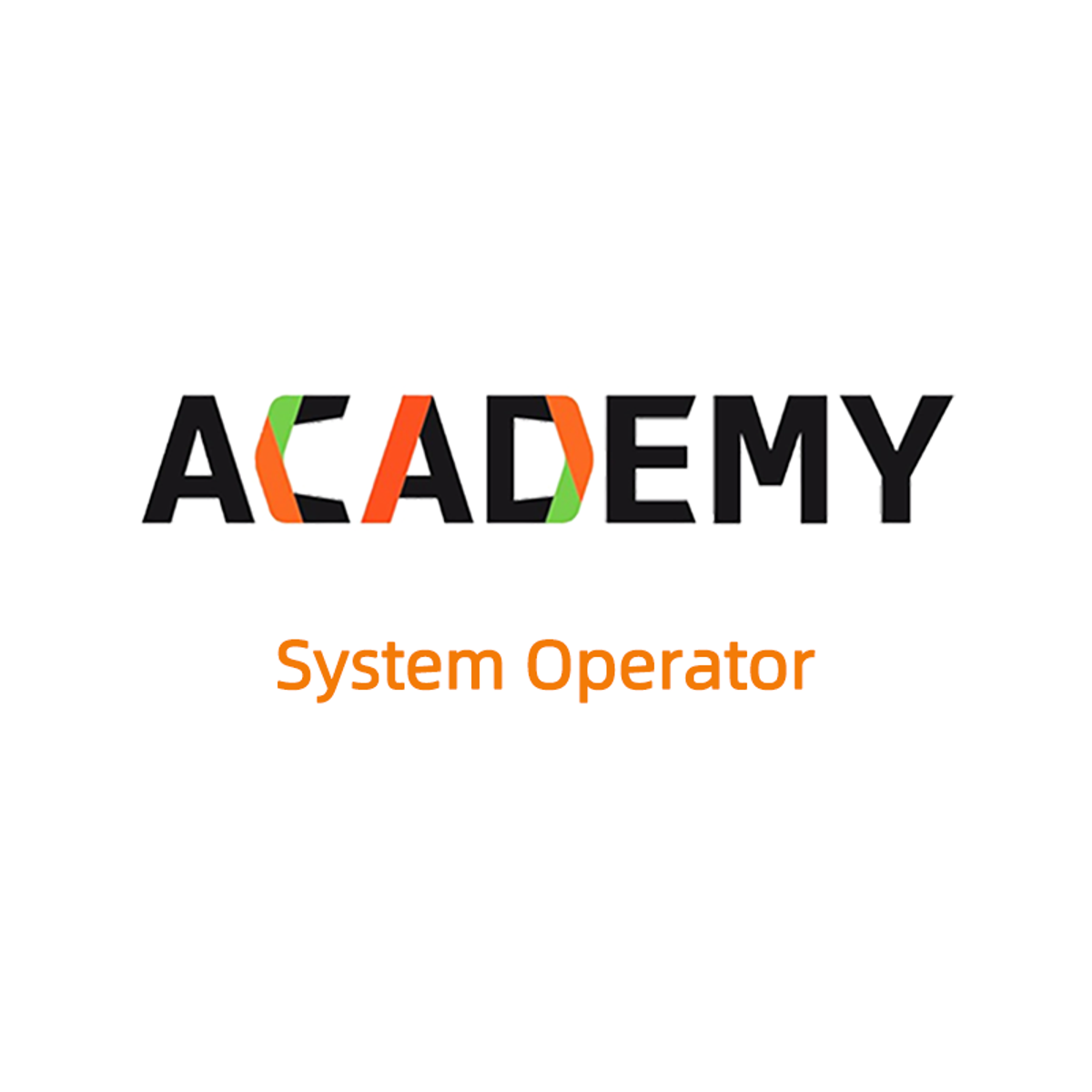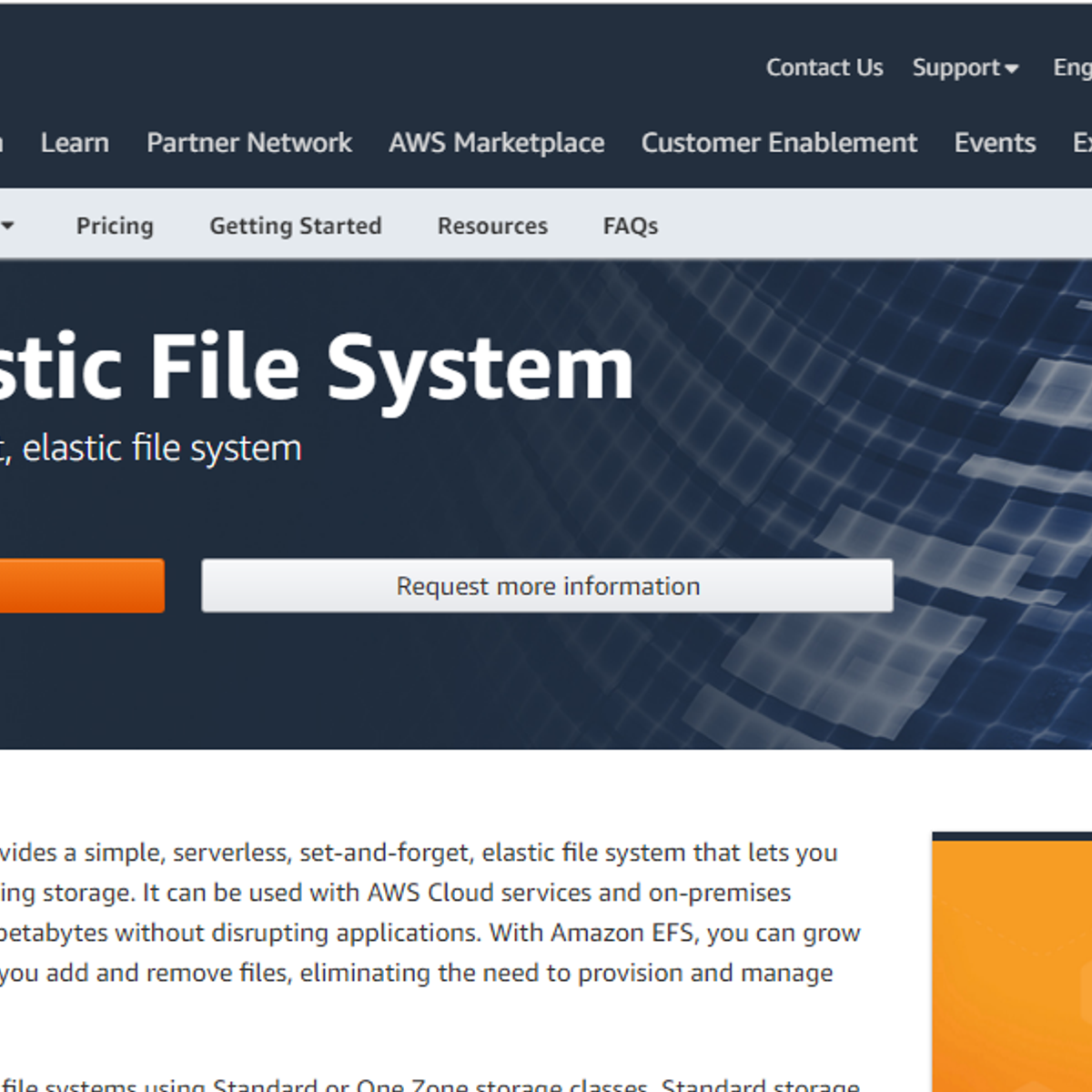Back to Courses









Computer Security And Networks Courses
Showing results 1-10 of 277

Analyze Network Traffic with TCPDump
In this 1 hour guided project, you will learn how to use one of the most versatile Linux networking utilities tcpdump to capture and analyze TCP traffic. Popular among all ranks of networking professionals, tcpdump will definitely empower you in daily networking operations. Basic network experience and shell script basics are highly recommended as prerequisites.

Protecting Endpoints with reCAPTCHA Enterprise
This is a self-paced lab that takes place in the Google Cloud console. In this lab, we will add a reCAPTCHA checkbox to a website.

C++ Superpowers and More
Explore the C and C++ languages. Look at the specificity of the C/C++ languages and how this impacts security, ways C/C++ can interact with the external world, error handling, the execution environment and much more.

Fundamentals of Network Communication
In this course, we trace the evolution of networks and identify the key concepts and functions that form the basis for layered architecture. We introduce examples of protocols and services that are familiar to the students, and we explain how these services are supported by networks. Further, we explain fundamental concepts in digital communication, and focus on error control techniques that include parity check, polynomial code, and Internet checksum. Students will be required to have some previous programming experience in C-programming (C++/Java), some fundamental knowledge of computer organization and IT architecture and a background in computer science is a plus.

Operate Alibaba Cloud Systems and Services
Course description:
ACA System Operator Certification Preparation Course is intended for individuals who have technical expertise in deployment, management and operations on Alibaba Cloud.
It’s recommended for System administrators with at least one year of experience in deployment, management, and operations on Alibaba Cloud.
ACA System Operator Certification is intended for individuals who have technical expertise in deployment, management, and operations on Alibaba Cloud. Certificate holders are certified to be capable of deploying, managing and operating scalable, highly available systems on Alibaba Cloud, selecting appropriate services on Alibaba Cloud knowing how to monitor, debugging and troubleshooting those service, utilizing Alibaba Cloud's operational best practices, migrating on-premises workloads to Alibaba Cloud and managing IT governance on the Cloud. To earn an official Alibaba Cloud certificate please find the register portal on Academy's website:
https://edu.alibabacloud.com/certification/aca_operator

Introduction to AWS Elastic File System
Amazon Elastic File System offers a simple interface that allows you to create and configure file systems quickly and easily in AWS. By the end of this project, you will get a real world experience of working with EFS on a production environment. The Idea is to create an EFS in AWS and create a text document using one Linux Instance and access the same document via another Linux Instance.

Asymmetric Cryptography and Key Management
Welcome to Asymmetric Cryptography and Key Management!
In asymmetric cryptography or public-key cryptography, the sender and the receiver use a pair of public-private keys, as opposed to the same symmetric key, and therefore their cryptographic operations are asymmetric. This course will first review the principles of asymmetric cryptography and describe how the use of the pair of keys can provide different security properties. Then, we will study the popular asymmetric schemes in the RSA cipher algorithm and the Diffie-Hellman Key Exchange protocol and learn how and why they work to secure communications/access. Lastly, we will discuss the key distribution and management for both symmetric keys and public keys and describe the important concepts in public-key distribution such as public-key authority, digital certificate, and public-key infrastructure. This course also describes some mathematical concepts, e.g., prime factorization and discrete logarithm, which become the bases for the security of asymmetric primitives, and working knowledge of discrete mathematics will be helpful for taking this course; the Symmetric Cryptography course (recommended to be taken before this course) also discusses modulo arithmetic.
This course is cross-listed and is a part of the two specializations, the Applied Cryptography specialization and the Introduction to Applied Cryptography specialization.

Cloud IDS: Qwik Start
This is a self-paced lab that takes place in the Google Cloud console.
In this lab, Deploy Cloud IDS (Intrusion Detection System), a next-generation advanced intrusion detection service that provides threat detection for intrusions, malware, spyware and command-and-control attacks, to simulate multiple attacks and view the threat details.

Web Application Security Testing with OWASP ZAP
By the end of this project, you will learn the fundamentals of how to use OWASP Zed Attack Proxy (ZAP). This tool greatly aids security professionals and penetration testers to discover vulnerabilities within web applications. You will learn how to perform a basic web app vulnerability scan, analyze the results, and generate a report of those results. This course includes steps on how to configure the browser proxy to passively scan web requests and responses by simply exploring websites. This course will also include how to use dictionary lists to find files and folders on a web server, and how to spider crawl websites to find all the links and URLs. Finally, the end of the course gives a brief overview of how to intercept, view, modify, and forward web requests that occur between the browser and web application.
Note: This course works best for learners who are based in the North America region. We’re currently working on providing the same experience in other regions.

Internet of Things: Communication Technologies
Have you wondered how “Things” talk to each other and the cloud? Do you understand the alternatives for conveying latency-sensitive real time data versus reliable signaling data? Building on the skills from the Sensing and Actuation course, we will explore protocols to exchange information between processors.
In this course, you will learn how VoIP systems like Skype work and implement your own app for voice calls and text messages. You will start by using the Session Initiation Protocol (SIP) for session management. Next, you will learn how voice codecs such as Adaptive Multi Rate (AMR) are used in 3G networks and use them for voice traffic in your app.
Learning Goals: After completing this course, you will be able to:
1. Implement session initiation, management and termination on your DragonBoard™ 410c using SIP.
2. Discover other users and exchange device capabilities.
3. Compare and contrast narrowband and wideband codecs and experience the voice quality differences between them.
4. Implement and demonstrate VoIP calls using the DragonBoard 410c.
Popular Internships and Jobs by Categories
Find Jobs & Internships
Browse
© 2024 BoostGrad | All rights reserved